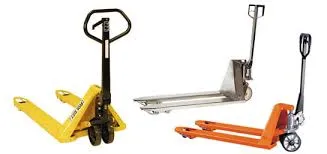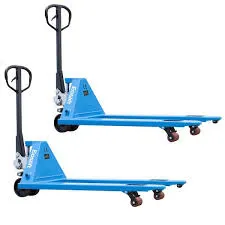When considering workplace safety, the terms fall arrest and fall restraint are paramount and often misunderstood. Grasping their nuances not only ensures compliance with safety regulations but also significantly enhances worker protection. Let's delve into these vital safety measures by exploring their characteristics, applications, and benefits.

Both fall arrest and fall restraint systems play crucial roles in fall protection strategies, yet they serve distinct purposes.
Fall arrest systems are designed to stop a fall that has already occurred. These systems are typically employed in environments where workers perform tasks at heights or in situations where the risk of falling cannot be entirely eliminated. Comprising full-body harnesses, anchor points, and energy-absorbing lanyards, fall arrest systems act as the last line of defense in halting a fall and minimizing injury by reducing the forces exerted on a person's body.
Conversely, fall restraint systems prioritize prevention over intervention. These systems restrict workers' movement within a safe perimeter, effectively preventing them from reaching a fall hazard in the first place. Fall restraint systems often include body belts, harnesses, and adjustable lanyards that limit a worker’s ability to traverse beyond certain boundaries. Industries like roofing and building maintenance frequently rely on these systems, particularly when operating on elevated, unguarded edges.

Implementing the correct system is critical, depending on the work site's unique requirements. Choosing between fall arrest and fall restraint involves assessing potential hazards, task frequency, and the working environment. For example, in situations presenting unavoidable risks, such as construction work on multi-story structures, fall arrest systems are indispensable. On the contrary, when hazardous areas are predictable and containable, fall restraint systems provide a proactive solution to mitigate risk.
Efficacy and reliability of these systems also hinge on regular inspection and proper training. Workers must receive comprehensive training to understand equipment usage, fitting techniques, and maintenance requirements. An alarming statistic from safety bodies indicates that fall accidents contribute to over one-third of all construction-related fatalities. This underscores the importance of rigorous training programs to assure that equipment functions correctly and that workers are proficient in its application.
fall arrest and fall restraint
Manufacturers play a vital role in enhancing the safety and functionality of fall protection equipment. Innovations such as advanced harness designs with improved ergonomic comfort, lightweight materials, and more efficient energy absorption mechanisms are optimizing user experience and safety. Companies are increasingly investing in research and development to create intuitive systems that minimize the risk of human error.
Buying decisions concerning fall protection equipment should be informed by certifications and standards compliance. In the United States, the Occupational Safety and Health Administration (OSHA) provides guidelines and requirements that personal protective equipment (PPE) must meet. Equipment adhering to these standards, alongside voluntary compliance with relevant ANSI (American National Standards Institute) standards, is crucial to ensure quality and effectiveness.
Furthermore, fostering an organizational culture that prioritizes safety over expediency is imperative. By adopting and integrating comprehensive safety policies, companies can build workplace environments where fall protection is ingrained within operational protocols. Establishing routine audits, encouraging continuous safety education, and empowering workers to actively participate in safety dialogues enhance trustworthiness and authority in fall protection measures.
Incorporating technology, such as real-time monitoring tools and digital training platforms, also strengthens fall protection efforts. These innovations, which offer precise tracking and immediate feedback loops, provide insights into safety performance and highlight areas for improvement.
In conclusion, the nuanced application of fall arrest and fall restraint systems reflects a company’s dedication to safeguarding its workforce. Strategic implementation, ongoing education, and continuous innovation underscore their collective purpose in protecting lives. As industries advance, integrating new strategies and technologies will continue to drive the evolution of effective fall protection solutions that prioritize worker safety above all else.








